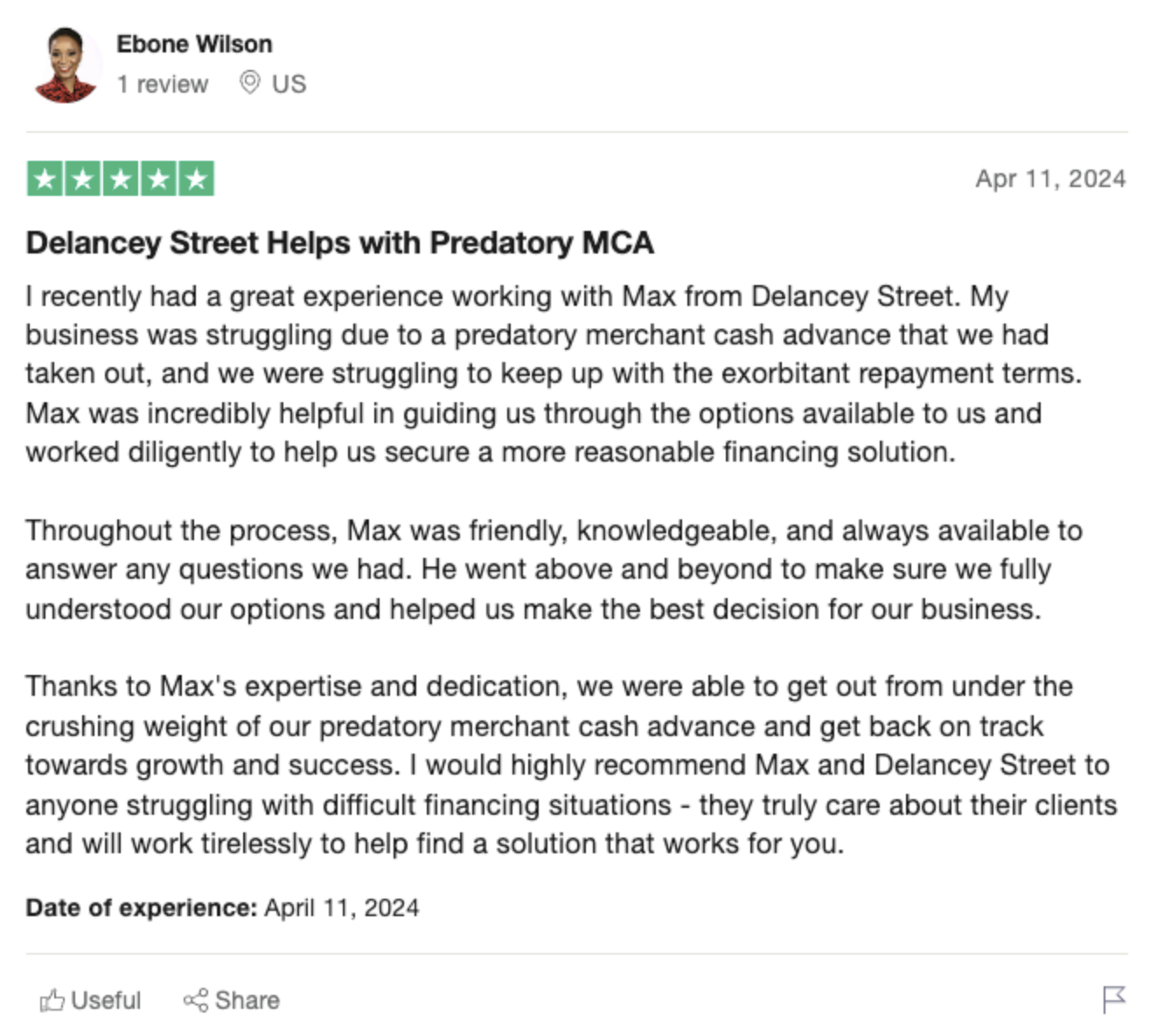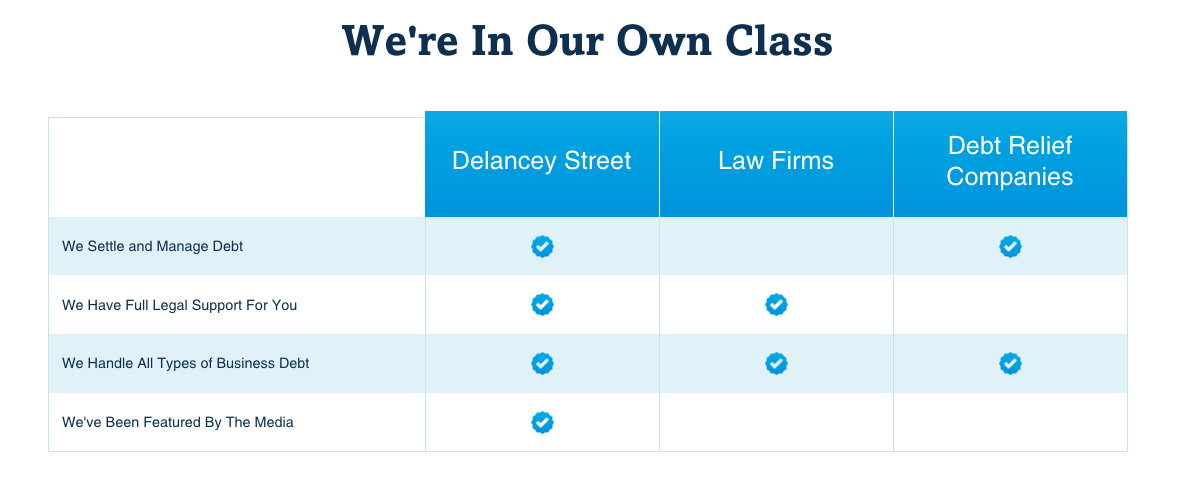How To Qualify For A Debt Restructuring Program
Dealing with overwhelming debt can feel really stressful. Like, trying to manage multiple payments and high interest rates month after month takes a huge toll financially and emotionally. If you’ve fallen behind on payments or are struggling to keep up, a debt restructuring program could provide some much-needed relief. These programs help negotiate, consolidate, or even forgive portions of what you owe to give you a more manageable path forward. But not everyone automatically qualifies for debt restructuring – there are usually specific eligibility criteria you need to meet first.This article will walk through the key things lenders look for when approving applicants for their debt restructuring and debt management programs. Meeting these requirements gives you the best shot at getting enrolled and finally taking control of your problem debts.
What Debt Restructuring Programs Do
Before jumping into the specifics on eligibility, let’s quickly cover what debt restructuring involves. There are a few main types of programs:
 -
-- Debt management plans (DMPs) – Work with creditors to reduce interest rates and create one monthly payment you make to the agency managing your DMP. This consolidates debts and makes it easier to pay them off.
- Debt consolidation loans – Take out a new personal loan to pay off multiple debts, consolidating them into one lower monthly payment. This can save on interest but takes discipline not to rack up more debt.
- Debt settlement – Lump sum settlements are negotiated with creditors, where they agree to forgive a portion of the amounts owed. This usually requires stopping payments and letting debts fall behind first.
- Bankruptcy – Court process that can eliminate eligible debts entirely (Chapter 7) or create payment plans for assets you have (Chapter 13). This damages credit scores but wipes the slate clean.
As you can see, options range from working with creditors to reduce or consolidate payments to more drastic measures like bankruptcy to eliminate debt altogether.
Step 1: Assess Types and Amounts of Debt
To start, take a close look at what kinds of debts you have and how much you owe across the board. Lenders want to see sufficient liability and debt burden before approving applicants for their restructuring programs.Some key debt factors they assess:
- Total owed – Most programs look for a minimum amount owed, perhaps around $10,000 to $15,000 or more. The higher the better in terms of qualifying.
- Types owed – Unsecured debts like credit cards, medical bills, personal loans, etc. are best suited for restructuring. Secured debts like mortgages and auto loans are usually excluded.
- Payment status – Being behind on payments can actually help qualify for settlements or bankruptcy. But other programs may require debts to be current first.
- Income and expenses – DTI ratios comparing debt payments to income levels can determine if you have enough cash flow to afford a DMP or debt consolidation loan.
So tally up all of your outstanding debts. If you meet threshold amounts based on the above and have primarily unsecured debts that are falling behind or difficult to manage, restructuring could be a viable solution.
Step 2: Review Credit Score Requirements
In addition to debt factors, most debt relief programs check applicant credit scores and reports to gauge eligibility. Minimum credit standards help ensure you can actually handle enrolled debt restructuring.Typical credit score thresholds include:
 -
-- Debt management – 600+ FICO score
- Debt consolidation loans – 580-620+ score
- Debt settlement – Often no minimum, but can have credit stipulations
- Bankruptcy – No minimum score, just eligible debt burden
So check your current credit score across bureaus to see where you stand. Pull official reports as well to comb through listed accounts, missed payments, collections items, and other details a lender will review.If your score needs work, getting current on debts or paying down balances can help boost the number. Also dispute any errors on your credit reports via the dispute process detailed by Equifax, Experian, and TransUnion.
Step 3: Calculate Debt-to-Income Ratio
A major factor that debt relief providers analyze is your debt-to-income ratio (DTI). This compares monthly debt obligations to your regular gross income from work.Monthly Debt Payments / Gross Monthly Income = Debt-to-Income RatioMany programs want this ratio to fall under 50% before enrolling you (meaning debt payments make up half or less of your income). Otherwise you may not have enough free cash flow to afford the new payments in a debt management plan or consolidation loan.So tally up required minimum payments across all debts each month, including mortgages, credit cards, auto loans, student loans, child support, etc. Get your gross monthly salary from work. Plug both figures into the DTI formula above to get your ratio.If it’s over 50%, work on increasing income or reducing payments to get under the threshold. This can mean working overtime, finding a better paying job, selling assets, or cutting discretionary expenses. Lowering your DTI this way improves eligibility odds.
Step 4: Read Reviews and Complaint Data
Before applying, research the debt help companies you are considering. Check sources like the Better Business Bureau, Consumer Financial Protection Bureau, and ConsumerAffairs to read reviews and complaint data from past clients.This helps avoid predatory or sketchy providers who overpromise results but underdeliver. Ensure the firm has a solid reputation for transparent processes, reasonable fees, and successful debt accounts they’ve restructured in the past.Also confirm they are properly accredited and licensed to operate in your state. For example, the American Fair Credit Council (AFCC) accredits legitimate debt relief networks that follow ethical business practices.Doing homework protects you from scams when enrolling into a sensitive financial assistance program.
Step 5: Request Eligibility Letters From Providers
Finally, once you’ve assessed debts, credit, income, and provider reputation, request eligibility letters from a few top contending companies. This allows them to formally review your situation and determine if their specific debt relief programs are a fit.Be ready to submit the following so they can underwrite your application properly:
- Identification documents
- List of all debts with balances owed
- Credit report from 1 bureau + credit score
- Recent paystubs, tax returns, bank statements
- Monthly income and living expense breakdown
- Hardship reason needing debt relief
With these details, an eligibility specialist can verify program criteria is met. Or they may request clarifying documents before issuing an official decision.If approved, keep the pre-qualification letter or email on file. When ready to enroll, this makes the process faster so you can start debt restructuring ASAP.
 -
-Recap On Qualifying For Debt Restructuring
As you can see, getting into reputable debt relief programs involves:
- Meeting minimum debt loads, often $10k+
- Having primarily unsecured problem debt
- Fixing credit scores near or above 600+
- Keeping debt-to-income ratios around 50%
- Researching companies for legitimacy
Checking all those boxes gets you qualified for enrollment. This then provides access to proven debt management, consolidation, settlement, or bankruptcy processes.Just remember, take time to understand eligibility fully upfront. Rushing into debt restructuring without vetting qualifications leads to denied applications. So review all criteria carefully and reach out for pre-approval before assuming you can sign up.







